History of Cognac
let’s begin
Cognac has a long and varied history, involving kings, merchants, trade laws and a need for innovation.
If we go all the way back, the history of Cognac probably finds itself in Roman times, when the first vines were planted in France and Emperor Marcus Aurelius Probus first allows the Galls to make their own wine.
Over the next few hundred years the production of wine in France grew and more vineyards were created.
By the 12th and 13th centuries the country become known for its wine and traders would come from neighbouring lands to purchase it.
Places like the Netherlands, Great Britain and Germany would all send traders to France to bring back their products and by the 15th century trade was booming.
This was also the century when Brandy was first created in Armagnac and Francois I was born in the Cognac region, two events that had a lot of bearing on the eventual creation of Cognac.
Francois I would later allow the region of Cognac to trade salt using local rivers for transport. This opened up more trade highways for the eventual trade of Cognac itself.
Brandy was not widely distributed and mostly consumed by peasant farmers in th 15th century.
But late in the 16th century, Dutch merchants realised that wine does not last long when being transported too far.
Buying from the Champagne and Borderies areas, the Dutch traders realised that wine did not keep well over long distances. As such they began to distil it into something called Brandwijn.
This process was solely for the purpose of transport rather than flavour and water was added again when the wine reached the Netherlands. But this was the basis on which Brandy was built and where we get the very word “Brandy”.
Brandy first appeared in the Cognac region in 1549, where it was reported by merchants in La Rochelle that they were selling casks of it. It was not mentioned again until 1571.
But it wasn’t until 1559 that Brandy really began to take off. The Aunis vineyards had produced too much wine since there was only limited demand for it.
Knowing that wine did not survive long distances without being distilled, the producers decided to copy the Dutch and distil the left over Aunis wine.
The Dutch word Brandwijn was adapted into Brandy and the French began to refer to this as Eau-De-Vie, the same name given to Whisky in Scotland, meaning Water of Life.
Producers then began to experiment with double distillation. Since this reduces volume it meant that there was more space on ships for more products and saved a lot of transport costs.
In the 17th century it was then discovered that oak casks changed the taste of the wine stored in them and the idea of maturing Brandy appeared.
Cognac also began to take off in this era, with the phrase Cogniack brandy appearing for the first time in the London Gazette.
1715 and 1724 saw the next big move for Cognac with the Martell Cognac and Remy Martin distilleries opening respectively. This set up the perfect environment for Cognac to become more and more popular, which it did in 1742.
Exports began to rise and suddenly Cognac became a drink in it’s own right.
Hennessay, perhaps the most well known Cognac producers today was founded in 1765 and in then in 1785 longer maturation become the norm.
The cognac industry sailed on pretty smoothly up until the late 19th century. This was when disaster struck and the vast majority of vineyards were struck with disease.
Although this hit the Cognac market hard, it actually spelled success for the Whisky industry, as sales of Scotch began to soar. Hennessey remained a bestseller in Cognac despite this setback.
In the 20th century more grapevines were imported and the industry began to pick itself up and dust itself off.
More regulations were introduced in the production of Cognac and sales continued to rise.
Unfortunately the 1990s saw a low point for the industry, with vineyards reduced to 87.313 hectares.
That was until a somewhat surprising turn occurred, when hip hop legend Busta Rhymes released “Pass the Courvoisier”. This saw a huge increase in demand and once again Cognac sales took off.
The US became some of the biggest buyers of Cognac and remain as such today.
Places like China and Asia also consume a lot of Cognac, and in total 98% of Cognac produced is exported.
These markets are still growing and it will be interested to see where Cognac goes next!
Greg
You might be interested in
More from the blog
Follow greatdrams
latest articles
Latest whisky
exclusively from GreatDrams
-
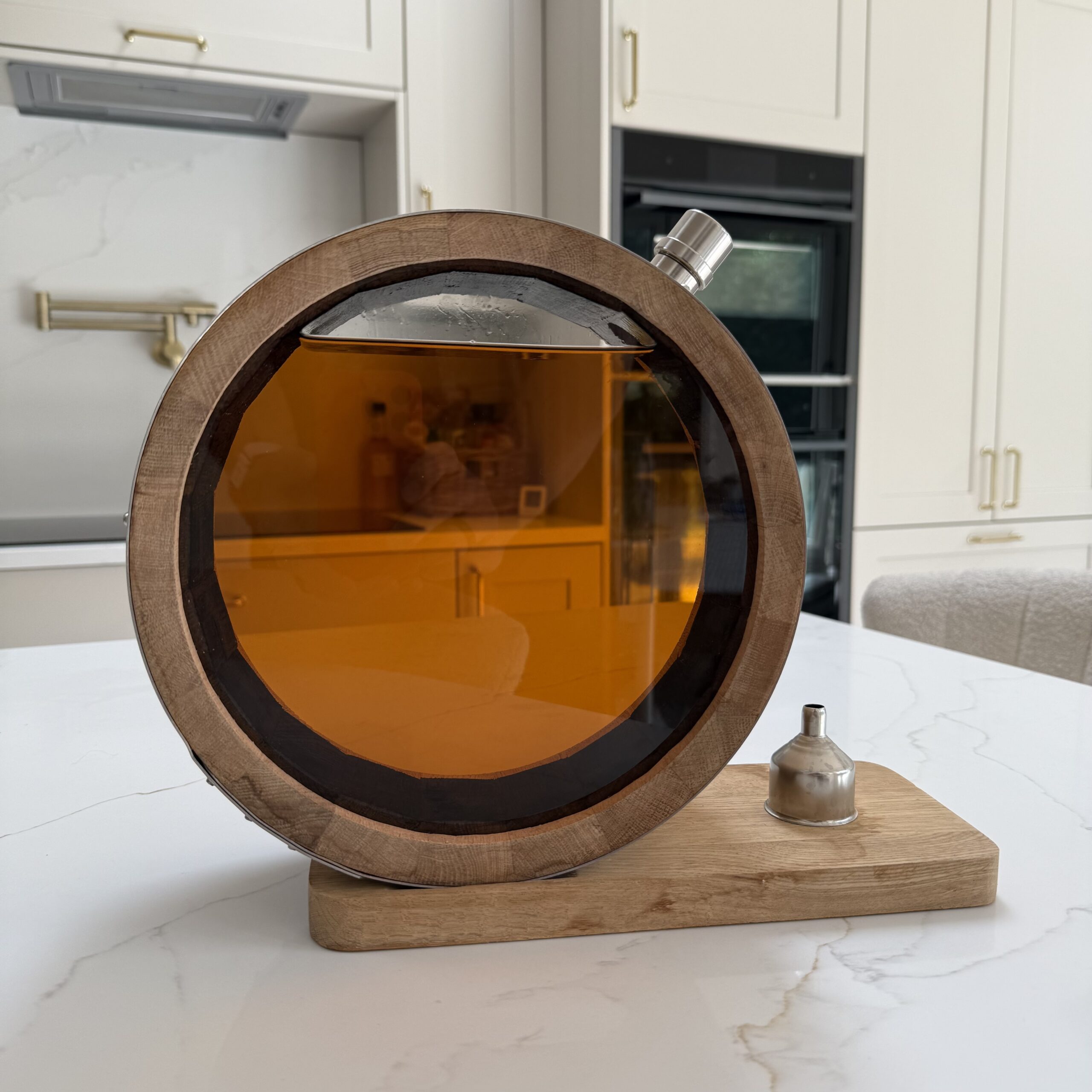
The GreatDrams Signature Barrel Decanter
£200.00 – £370.00



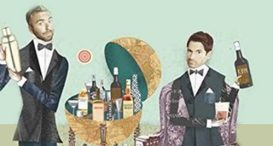


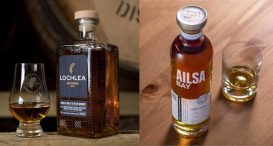
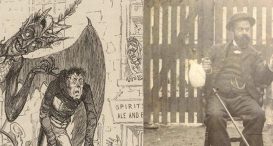
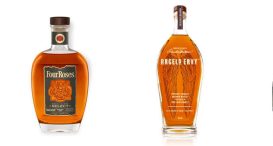
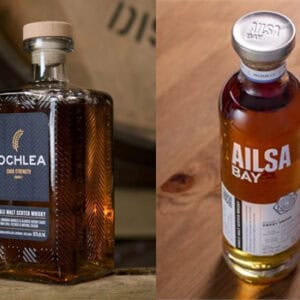




2 thoughts on “History of Cognac”
Nice article! A friendly reminder not to forget Tupac Shakur and his many references to- and photographs with- a bottle of Hennessey! Tupacs references were likely more influential than Busta Rhymes’.
Hi I enjoyed your artical on whisky and cognac . I have a bottle of Fromy Rogee dated 1815 30 years old . cordon rouge vesop . I know the compony stopped trading in rhe 1930s.